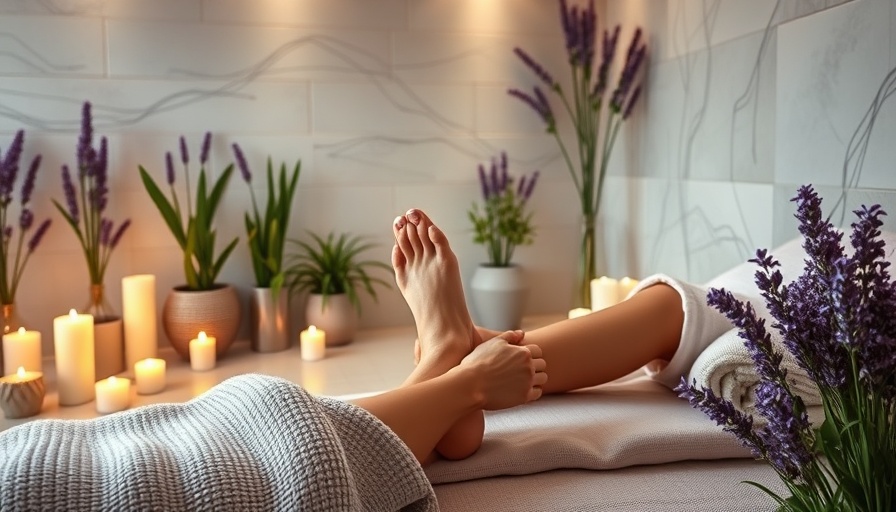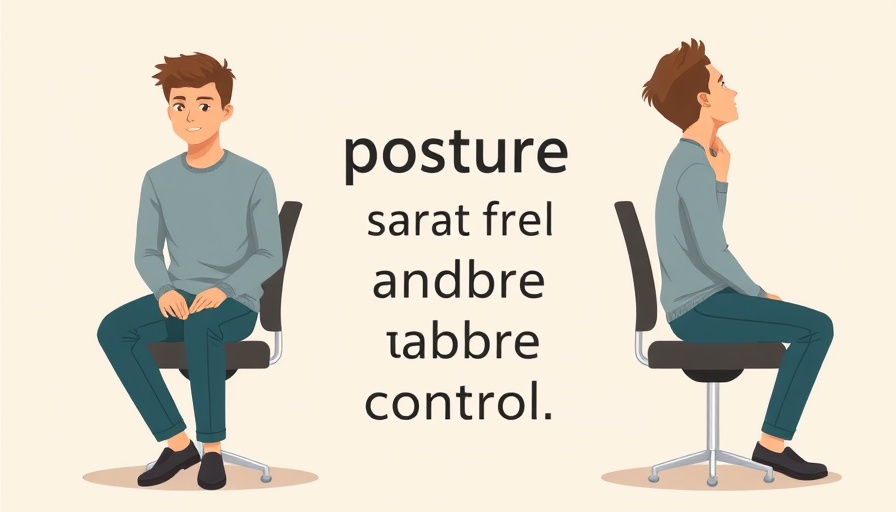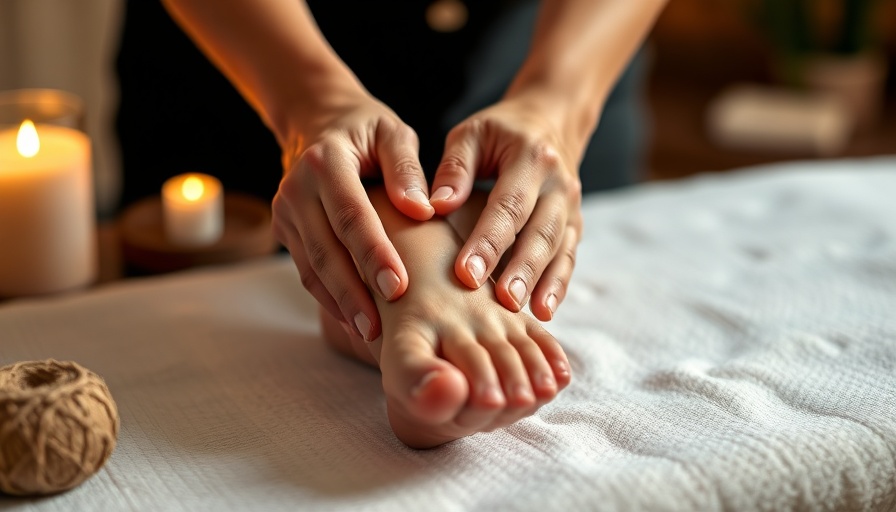
The Fascinating Mechanics of Bipedalism
Walking upright, also known as bipedalism, is not merely a method of navigation; it's a sophisticated dance of biomechanics that showcases the innate design of the human body. The structural intricacies involve the musculoskeletal system, where the alignment of bones and muscles plays a crucial role in ensuring stability and power with every stride. A well-curved spine absorbs shock, while our uniquely designed pelvis supports vital organs. Our long legs provide the necessary leverage and support, enabling efficient movement across various terrains.
The Role of the Nervous System in Walking
Integral to this complex process is the nervous system, which enables seamless communication between the brain and body. Through constant processing of sensory input from our feet and balance sensors in the inner ear, the central nervous system orchestrates the precision required for movement. This coordination highlights how even the slightest shifts can affect our ability to walk with grace. The brain’s ability to adjust muscle tone and body posture is essential for maintaining balance, especially on uneven surfaces.
Understanding the Gait Cycle
To truly grasp the art of walking, one must understand the gait cycle—a series of repetitive movements that facilitate bipedal motion. This cycle begins with the heel strike, where the foot connects with the ground, requiring strength from the tibialis anterior muscle for stabilization. As the body shifts during the stance phase, the joints harmonize to absorb shock and prepare for the toe-off, where the calf muscles propel us forward. The swing phase sees the non-supporting leg lift, preparing for the next step, exemplifying the choreography of movement.
Reflexology’s Connection to Movement
For those seeking relief from walking-related discomfort or even aiming to enhance mobility, reflexology offers a natural complement. This holistic healing practice targets pressure points on the feet, advising clients to seek out a top-rated reflexology clinic near me for effective treatment. Particularly, having options like senior-friendly reflexology with home visits can significantly benefit elderly parents who struggle with mobility issues.
Essential Insights for Finding a Reflexologist
Choosing the right reflexologist can be daunting, but understanding what to expect during a session aids the decision process. Look for certified reflexologist reviews and ratings to ensure quality service. When seeking pediatric reflexology specialists for children or even gentle infant reflexology practitioners for the littlest members of the family, ensure they align with your specific needs. Taking the family journey into reflexology can promote overall wellness and bonding across generations.
 Add Row
Add Row  Add
Add 




Write A Comment